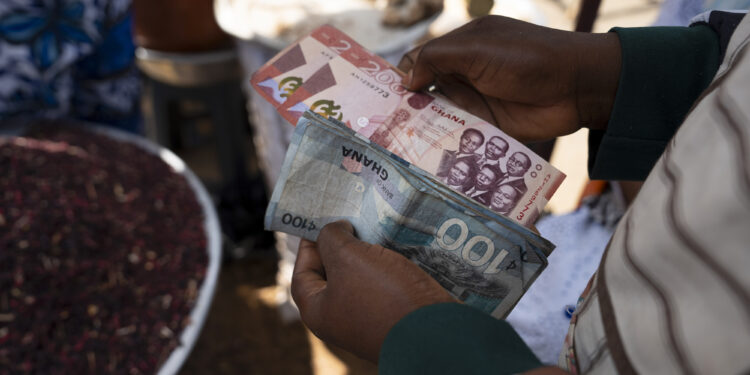Gov’t Spends 14% Less GHS 152.6bn Programmed Expenditure from January to July
Government kept expenditure well below target from January to July, signalling tighter fiscal discipline and improved expenditure controls under its IMF-backed reform programme.
Data from the Bank of Ghana’s September 2025 Monetary Policy Report showed total spending at GH¢131.1bn — about 9.4 per cent of GDP — compared with a programmed target of GH¢152.6bn or 10.9 per cent of GDP. The outcome represents a 14.1 per cent shortfall against target but a 9.3 per cent year-on-year increase, reflecting continued fiscal restraint even as nominal spending rose.
The government underspent across most categories, with the exception of the public sector wage bill, which edged above projections at GH¢44.9bn. Interest payments declined sharply to GH¢28.9bn, roughly 19.5 per cent below the GH¢36bn target, as easing domestic rates and a firmer cedi reduced the cost of debt servicing.
Capital expenditure bore the brunt of adjustment, falling to GH¢10bn, almost 63 per cent below the GH¢22.4bn target. Of this, GH¢6.6bn was domestically financed, mainly under the Big Push infrastructure initiative, while foreign-funded projects contributed GH¢3.4bn.
Arrears clearance amounted to GH¢4.8bn, well below the GH¢8.1bn ceiling, with no new arrears recorded — a development the central bank attributed to stronger expenditure management and tighter cash controls.
The spending restraint is part of Ghana’s broader effort to restore debt sustainability following a domestic debt restructuring and ongoing negotiations with external creditors. Economists say the trend could bolster fiscal credibility ahead of the 2026 budget and provide the Bank of Ghana with room to maintain an accommodative policy stance as inflation continues to ease.







